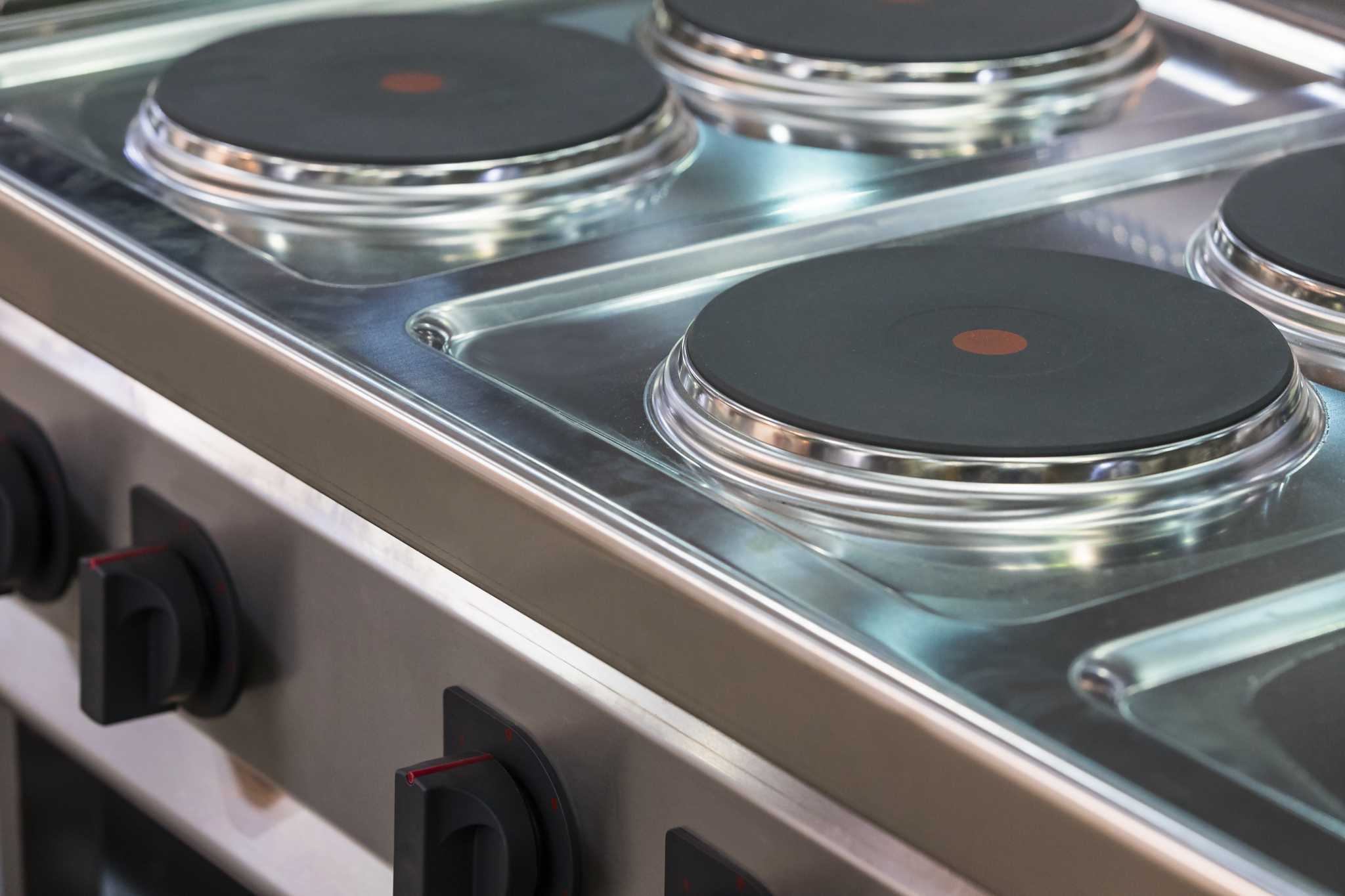

Articles
How Many Watts Does An Electric Cooktop Use
Modified: January 7, 2024
Discover how many watts an electric cooktop uses in this informative article. Learn about the energy consumption and efficiency of electric cooktops.
(Many of the links in this article redirect to a specific reviewed product. Your purchase of these products through affiliate links helps to generate commission for Storables.com, at no extra cost. Learn more)
Introduction
Welcome to the world of electric cooktops, where modern technology meets culinary convenience. Whether you’re a home cook or a professional chef, having a reliable and efficient cooktop is essential for preparing delicious meals. But have you ever wondered how many watts an electric cooktop uses?
In this article, we will delve into the world of electric cooktops and explore the power consumption of these appliances. We will discuss the factors that influence power usage and provide tips on how to estimate the wattage of your electric cooktop. So, let’s dive in and discover the energy requirements of these popular kitchen appliances.
Key Takeaways:
- Understanding the power consumption of electric cooktops is crucial for managing energy expenses and ensuring your electrical system can handle the load. Factors like wattage, burner size, and cooking time influence power usage.
- By choosing the right cookware, using low heat settings, and implementing energy-efficient practices, you can reduce power consumption while enjoying the convenience of electric cooktops. These small adjustments can make a big impact on your energy usage and the environment.
Read more: How Many Watts Does An Electric Skillet Use
Understanding Electric Cooktops
Electric cooktops have become a staple in kitchens worldwide due to their ease of use, quick heat-up times, and precise temperature control. These appliances consist of heating elements embedded beneath a smooth, glass-ceramic surface. When you turn on a specific burner, an electric current passes through the element, generating heat.
Electric cooktops typically come in different configurations, including coil burners and smoothtop surfaces. Coil burners feature coiled metal elements that heat up when electricity passes through them. On the other hand, smoothtop surfaces have a sleek, glass-ceramic finish that is easy to clean and offers a modern aesthetic appeal.
Unlike gas cooktops that rely on an open flame, electric cooktops use electricity to generate heat. This makes them a safer and more convenient option, as there are no open flames or fuel sources to worry about. Additionally, electric cooktops provide even heat distribution, reducing the risk of uneven cooking and hotspots.
Many electric cooktops also come with advanced features such as touch controls, timers, and safety measures like auto-shutoff. These features enhance the cooking experience, making it easier to achieve precise cooking temperatures and avoid accidents.
Now that we have a basic understanding of electric cooktops, let’s explore how much power they consume during operation.
Power Consumption of Electric Cooktops
When it comes to power consumption, electric cooktops can vary depending on various factors. The most significant factor that influences power usage is the wattage of the cooktop. The wattage indicates how much electricity the cooktop requires to operate at full power.
Electric cooktops typically have a range of wattages, with smaller burners requiring less power and larger burners requiring more. On average, a standard electric cooktop burner can consume anywhere from 1,200 to 2,500 watts of power. This means that if you have all burners running simultaneously, your cooktop can consume a significant amount of electricity.
It’s important to note that the power consumption can vary based on the heat setting. The higher the heat setting, the more power the cooktop will use. For example, a burner set to its maximum heat level will consume more electricity than one set to a lower heat level. It’s also worth mentioning that newer electric cooktop models often come with energy-saving features that regulate power consumption when the desired temperature is reached.
Another factor that can impact power consumption is the duration of usage. If you cook for long periods of time or frequently use your cooktop, it will naturally consume more power compared to occasional usage. Additionally, cooking techniques that require prolonged heat, such as simmering or slow cooking, will use more electricity.
Keep in mind that power consumption may also be influenced by the efficiency of your electric cooktop. Older models may be less energy-efficient compared to newer ones, meaning they may consume more power to achieve the same cooking results. If you’re concerned about reducing energy usage, it may be beneficial to consider upgrading to a more energy-efficient electric cooktop.
Understanding the power consumption of your electric cooktop is essential not only for budgeting your energy expenses but also for ensuring that your electrical circuits can handle the load. It’s crucial to verify that your kitchen’s electrical circuitry can support the wattage requirements of your cooktop to prevent electrical issues.
Now that we have explored the power consumption of electric cooktops let’s move on to the factors that can affect power usage.
Factors Affecting Power Usage
Several factors can influence the power usage of electric cooktops. Understanding these factors can help you optimize energy efficiency and manage your electricity consumption effectively. Here are some key factors to consider:
- Cooking Zone Size: The size of the cooking zone or burner on your electric cooktop can impact power usage. Larger burners typically require more energy to heat up and maintain higher temperatures compared to smaller burners.
- Cooking Time: The duration for which you use the cooktop affects power consumption. Longer cooking times will naturally consume more energy compared to shorter cooking sessions. Try to plan your cooking activities efficiently to reduce unnecessary energy usage.
- Heat Level: Cooking at higher heat levels requires more power. If you can accomplish your cooking tasks at lower heat settings, it can help conserve energy. Experiment with different heat levels to find the optimal setting for your recipes.
- Cookware Type: The type of cookware you use can influence power usage. Flat-bottomed and high-quality cookware with good heat conductivity can distribute heat more efficiently, allowing you to cook at lower heat levels while achieving the desired results.
- Insulation: The level of insulation in your cookware affects power usage. Using lids while cooking can help retain heat and reduce the cooking time, thus saving energy. Similarly, ensuring a well-insulated kitchen environment can minimize heat loss and improve energy efficiency.
By taking these factors into account, you can adopt energy-efficient practices and reduce the power consumption of your electric cooktop. Now, let’s explore how you can estimate the wattage of your electric cooktop.
When choosing an electric cooktop, look for one with a lower wattage if you want to save on energy costs. A lower wattage cooktop will use less electricity while still providing efficient cooking performance.
Estimating the Wattage of Your Electric Cooktop
Estimating the wattage of your electric cooktop is essential for understanding its power consumption and ensuring that your electrical system can handle the load. Here’s how you can estimate the wattage of your electric cooktop:
- Consult the Manual: The first step is to refer to the user manual or specifications sheet provided by the manufacturer. This information will typically include the wattage rating for each burner or the cooktop as a whole.
- Inspect the Cooktop: If you don’t have access to the manual or specifications sheet, you can usually find wattage information on a sticker or label located on the cooktop itself. Look for information such as “power rating” or “wattage” near the controls or in the user interface area.
- Analyze the Burner Sizes: If you have multiple burners on your cooktop, they may have different wattage ratings. Observe the size and configuration of each burner and compare them to the wattage information you obtained. Larger burners generally have higher wattage ratings.
- Calculate Total Wattage: Once you have gathered the wattage ratings for each burner, add them up to get the total wattage consumption of your electric cooktop. This will give you an idea of the maximum power your cooktop can draw.
It’s important to note that the wattage estimation will provide you with the maximum power consumption potential of your cooktop. In reality, the actual power usage will depend on factors such as the heat setting, duration of usage, and the specific cooking tasks you perform.
By estimating the wattage of your electric cooktop, you can better understand its energy requirements and make informed decisions about your power usage. This knowledge can help you manage your electricity consumption more effectively and optimize energy efficiency in your kitchen.
Now, let’s move on to some energy efficiency tips that can help you reduce power consumption while using your electric cooktop.
Read more: How Many Watts Does An Electric Kettle Use
Energy Efficiency Tips
While electric cooktops offer convenience and precision, optimizing their energy efficiency can help reduce your electricity consumption and save on energy costs. Here are some practical tips to make your cooking sessions more energy-efficient:
- Choose the Right Cookware: Select cookware with a flat bottom and good heat conductivity to ensure efficient heat transfer. Using the right-sized cookware for your burners can also help prevent unnecessary heat loss.
- Match Cookware to Burner Size: Use burners that match the size of your cookware to avoid energy wastage. Using a small burner with large cookware can result in heat loss and inefficient cooking.
- Use Low Heat Settings: Whenever possible, cook on lower heat settings. Electric cooktops retain heat well, so you can often achieve the desired results while using less power. Experiment with different heat levels to find the lowest setting that works for your recipes.
- Preheat Wisely: Preheating your cooktop is not always necessary. Unless the recipe specifically calls for it, you can often start cooking directly on the desired heat setting, saving both time and energy.
- Keep Lids On: Using lids while cooking helps trap heat and speeds up the cooking process. This allows you to lower the heat setting or reduce cooking time, thus saving energy.
- Avoid Excessive Opening: Resist the temptation to frequently open the oven door or lift the lids while cooking. Each time this is done, heat escapes, and the cooktop has to work harder to regain the desired temperature, resulting in higher energy consumption.
- Cook in Batches: When preparing multiple dishes, consider cooking them in batches. By utilizing residual heat, you can switch off the burner a few minutes before cooking is complete and still achieve excellent results.
- Clean Regularly: Keep your cooktop clean and free from debris to ensure maximum heat transfer. Dirt and grime can act as insulators, making your cooktop less efficient and requiring more power to achieve the desired temperature.
- Consider Timers and Sensors: Utilize timers and sensors available on some electric cooktop models. These features can automatically adjust or shut off power after a specific cooking period, helping to conserve energy.
Implementing these energy efficiency tips can not only help you reduce power consumption but also contribute to a more sustainable kitchen environment. By being mindful of your energy usage, you can make a positive impact on the environment and your household budget.
Let’s wrap up our discussion on electric cooktops.
Conclusion
Electric cooktops provide a convenient and efficient way to prepare meals in our modern kitchens. Understanding their power consumption and implementing energy-saving practices can help you optimize their performance and reduce electricity usage.
Throughout this article, we explored the power consumption of electric cooktops and the factors that influence it. We discussed how wattage, burner size, cooking time, and heat level can affect power usage. We also provided tips on estimating the wattage of your electric cooktop and offered practical advice for enhancing energy efficiency.
By choosing the right cookware, matching burner sizes, using low heat settings, and keeping lids on while cooking, you can effectively reduce energy consumption without compromising the quality of your culinary creations. Additionally, taking advantage of timers, sensors, and proper cleaning practices can further enhance efficiency and sustainability in your kitchen.
Remember, energy efficiency not only benefits your household budget but also contributes to a greener and more sustainable environment. By making conscious choices and adopting energy-saving habits, you can play a significant role in reducing your carbon footprint.
So, the next time you fire up your electric cooktop, keep these energy efficiency tips in mind. With a few simple adjustments, you can enjoy delicious meals while minimizing your impact on the planet.
Thank you for joining us on this journey through the world of electric cooktops. Happy cooking!
Frequently Asked Questions about How Many Watts Does An Electric Cooktop Use
Was this page helpful?
At Storables.com, we guarantee accurate and reliable information. Our content, validated by Expert Board Contributors, is crafted following stringent Editorial Policies. We're committed to providing you with well-researched, expert-backed insights for all your informational needs.
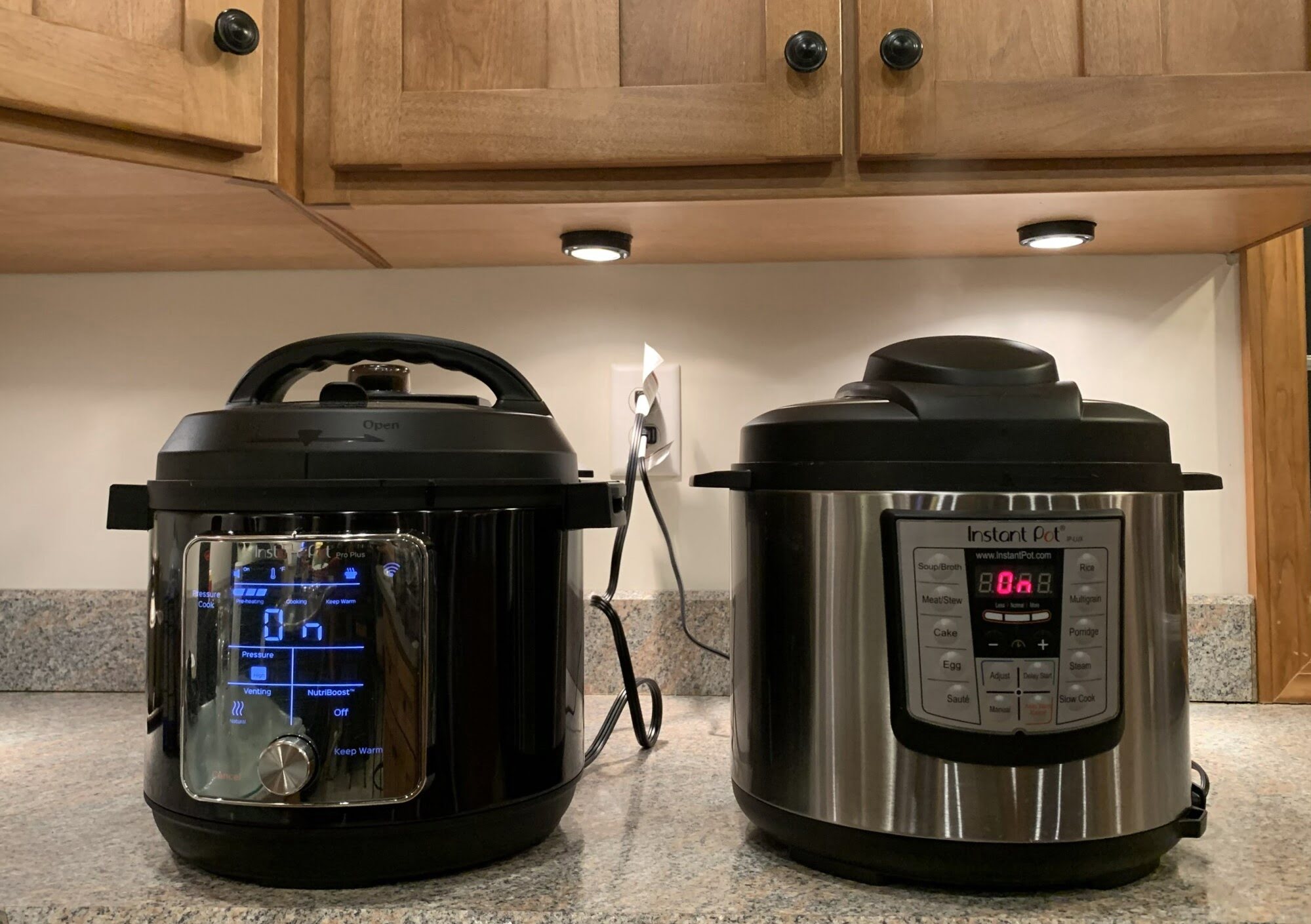
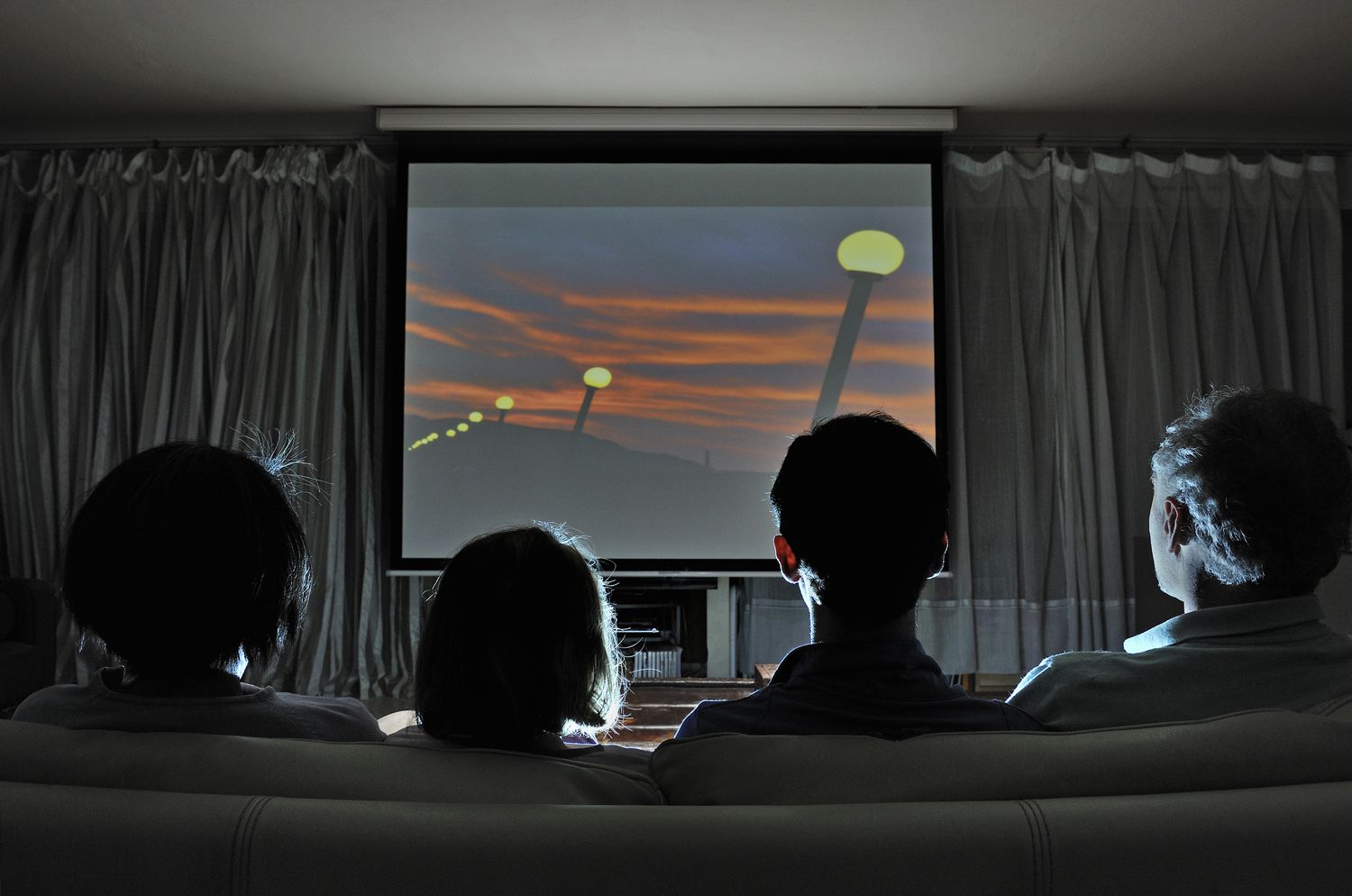
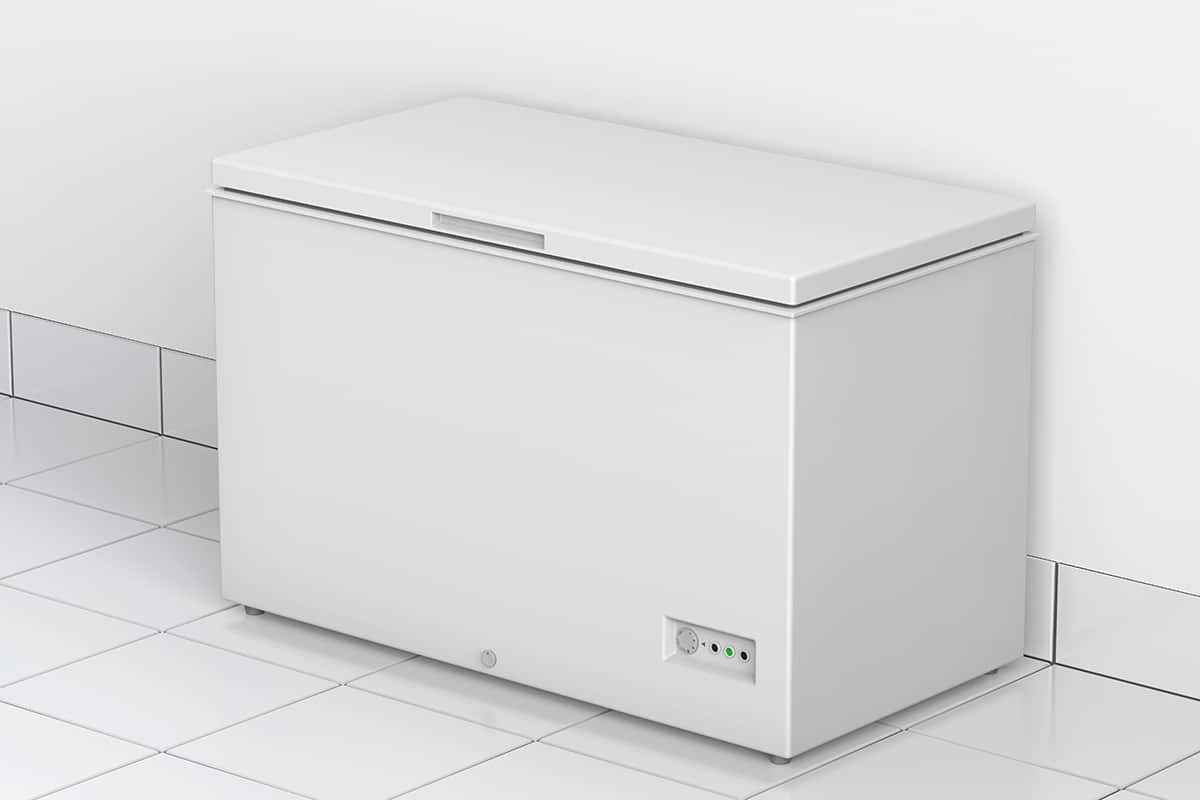
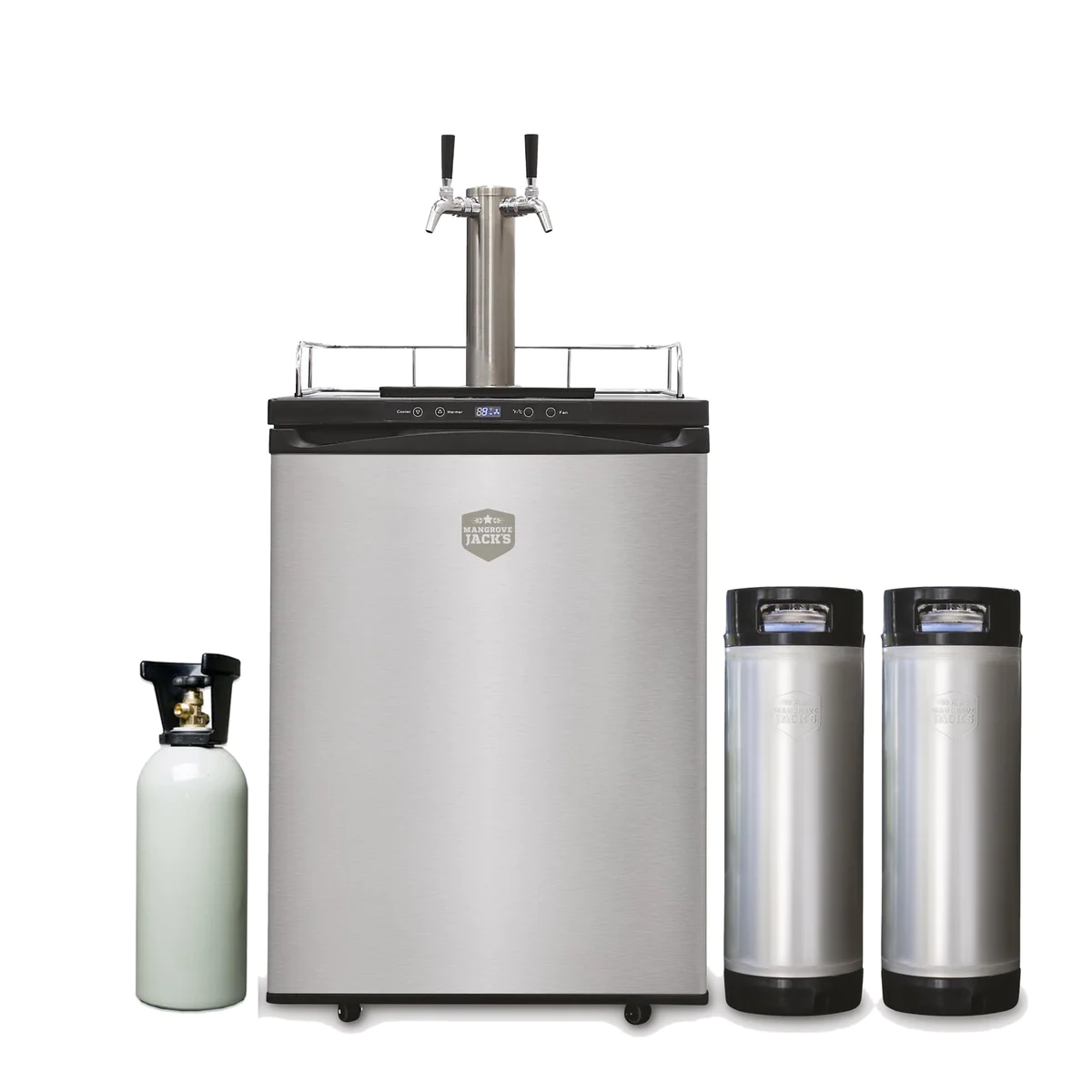
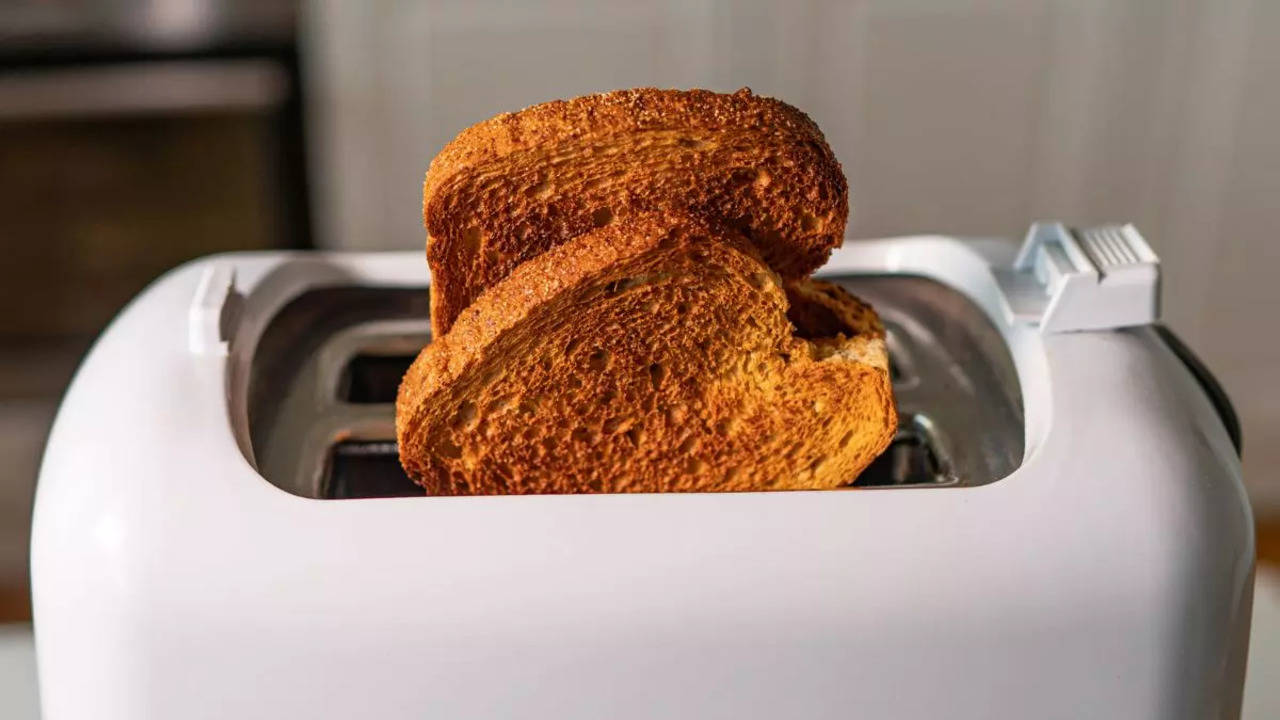
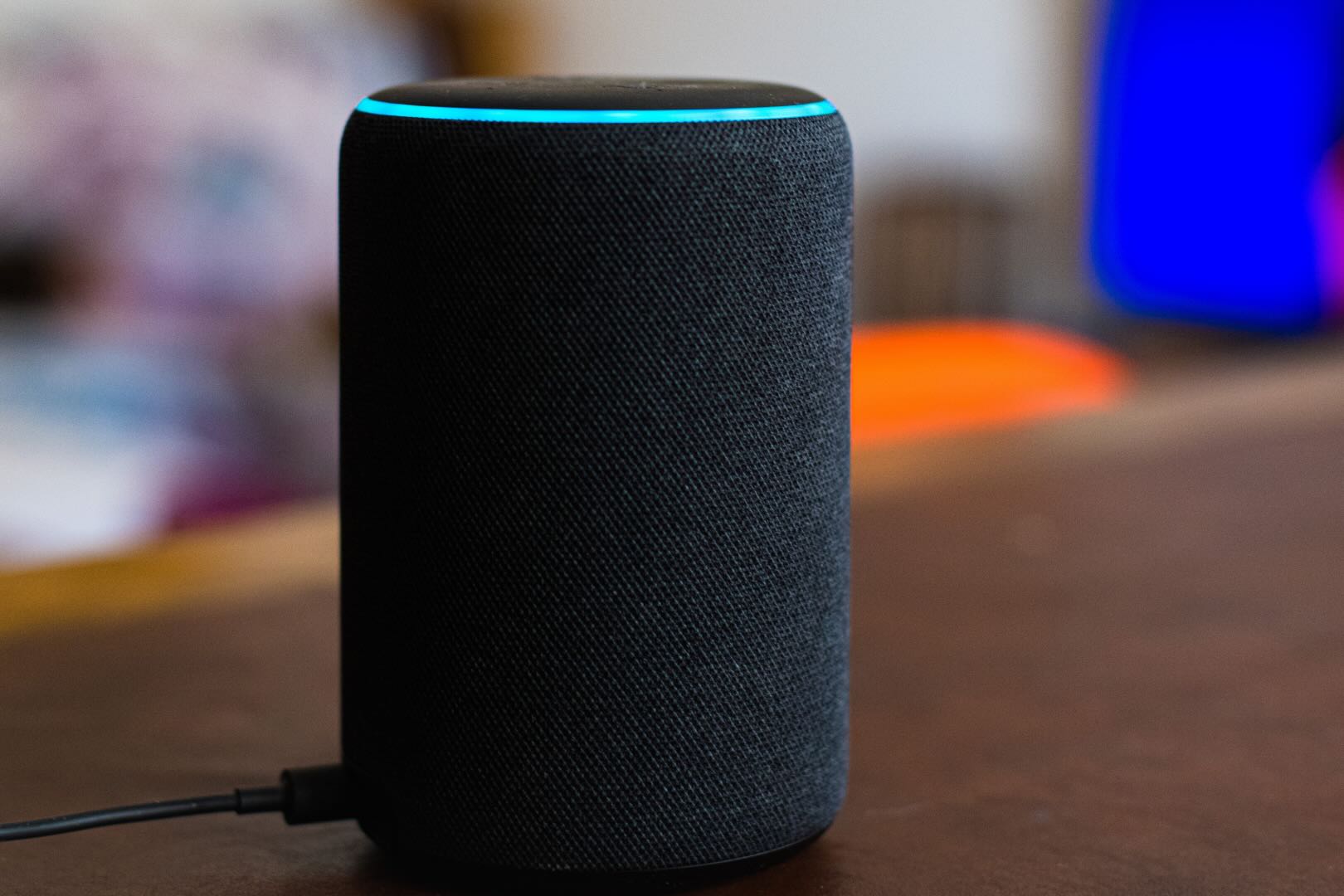
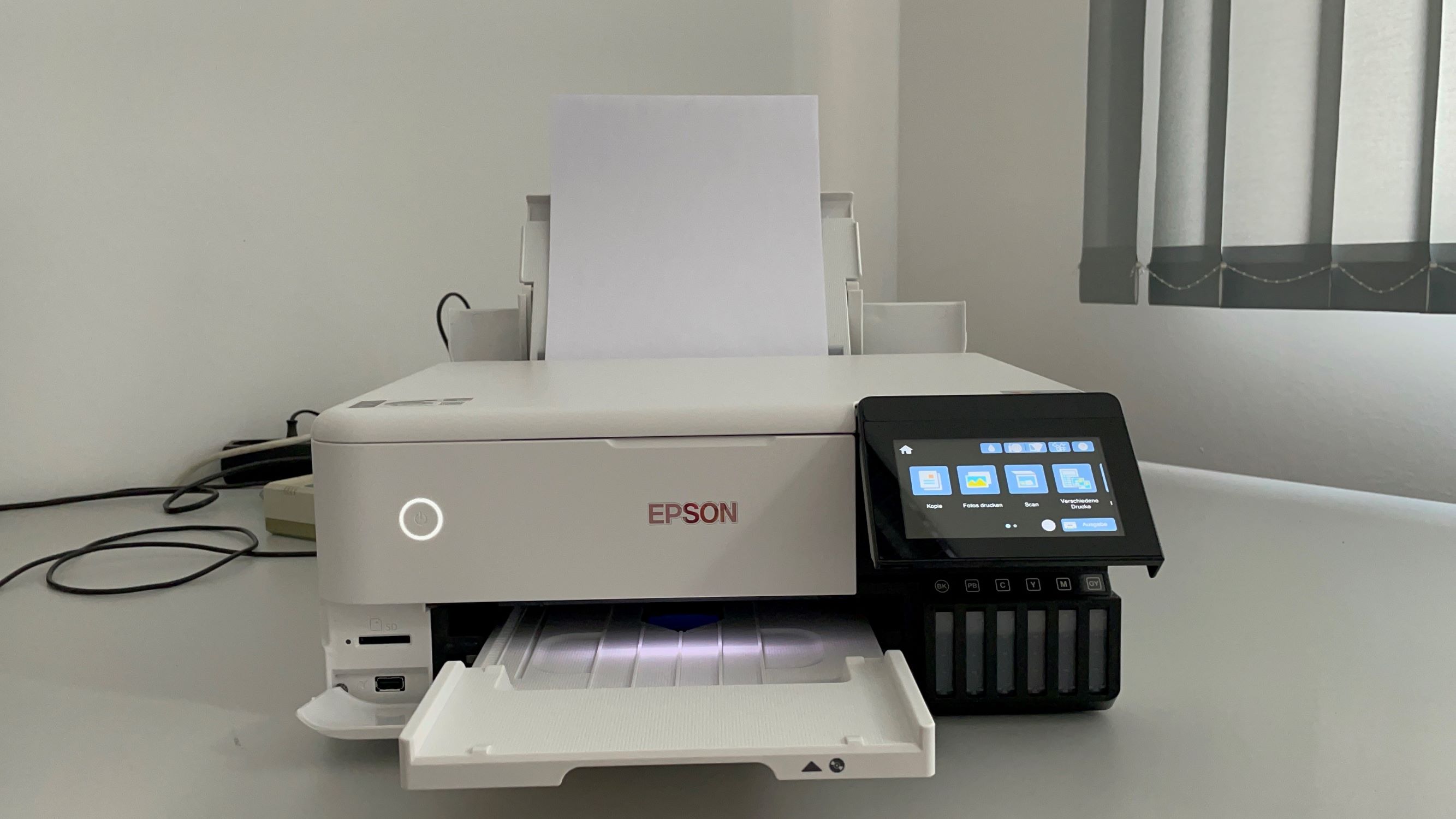

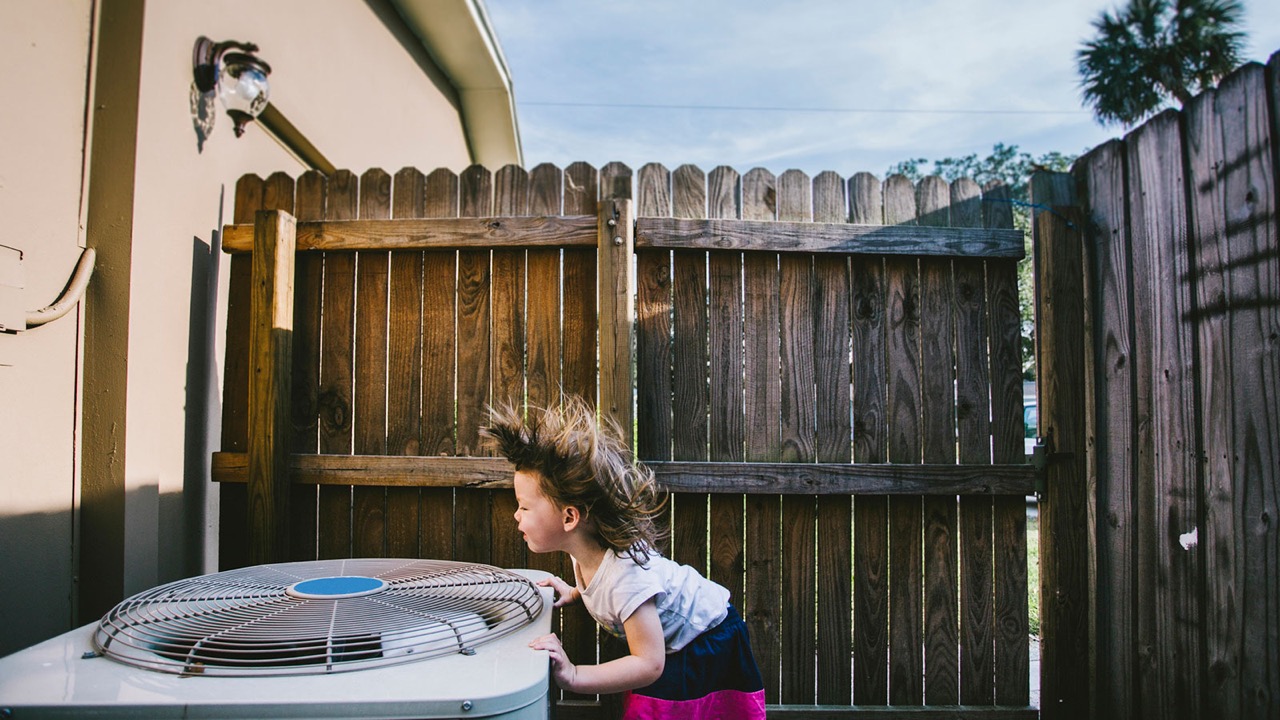
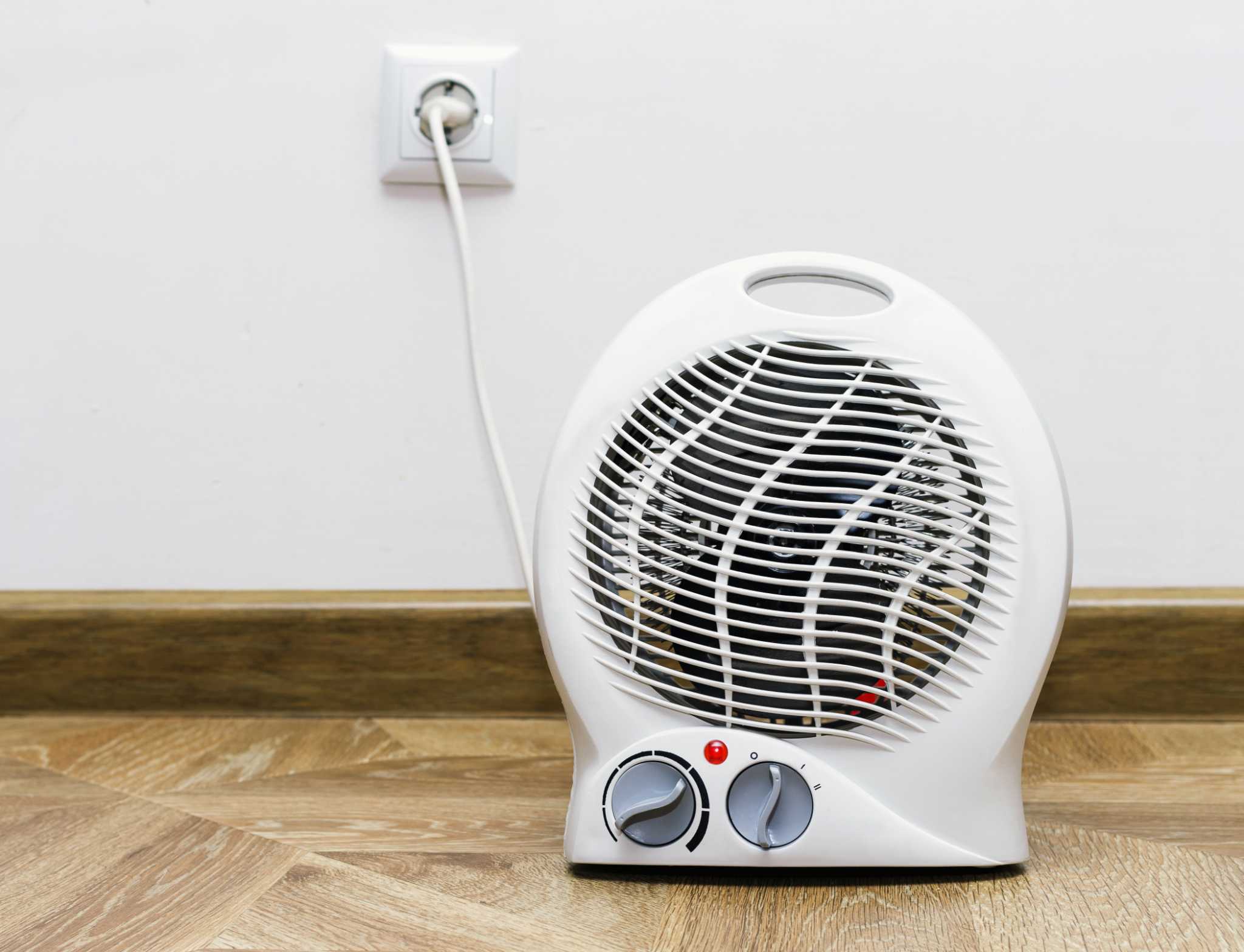

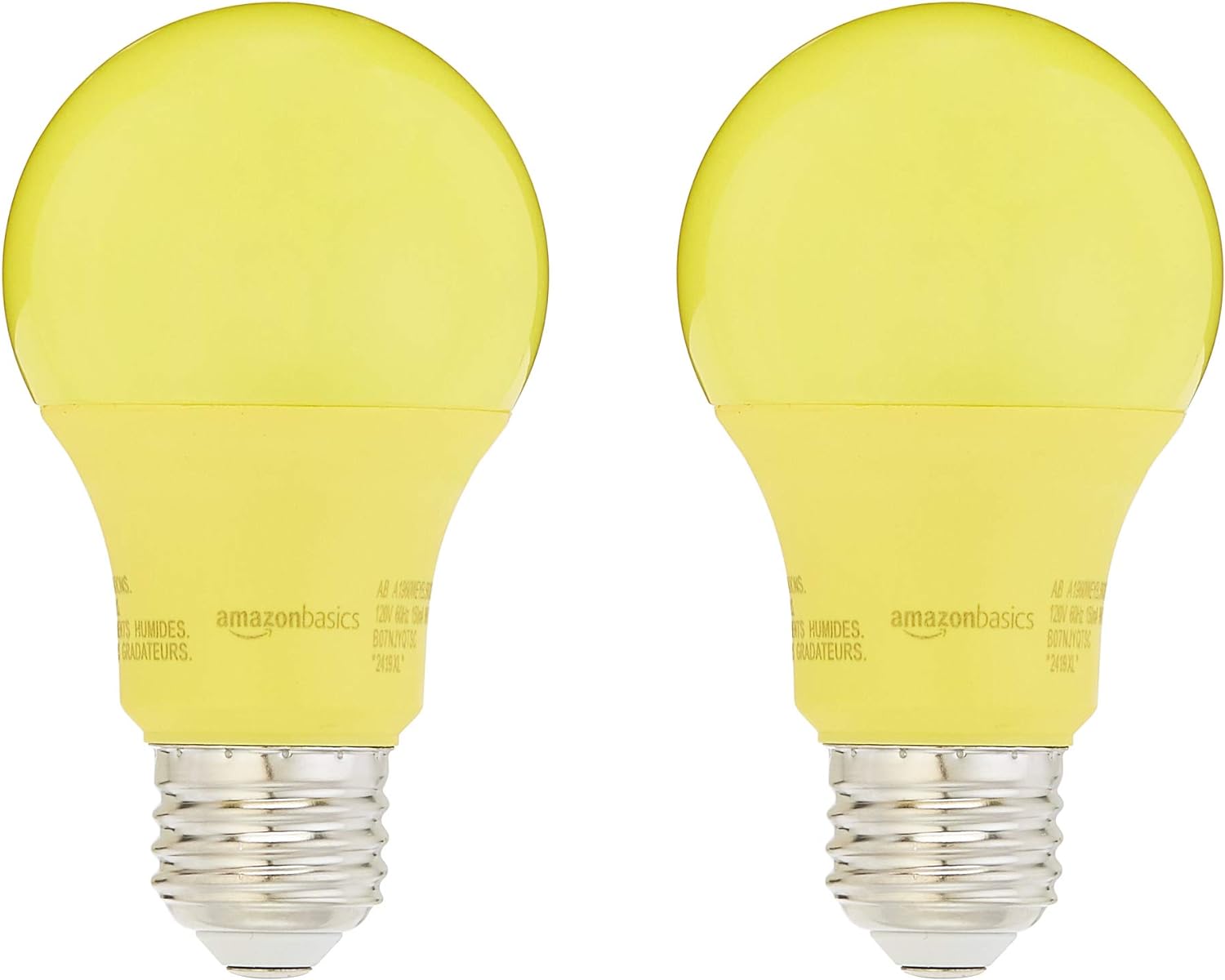
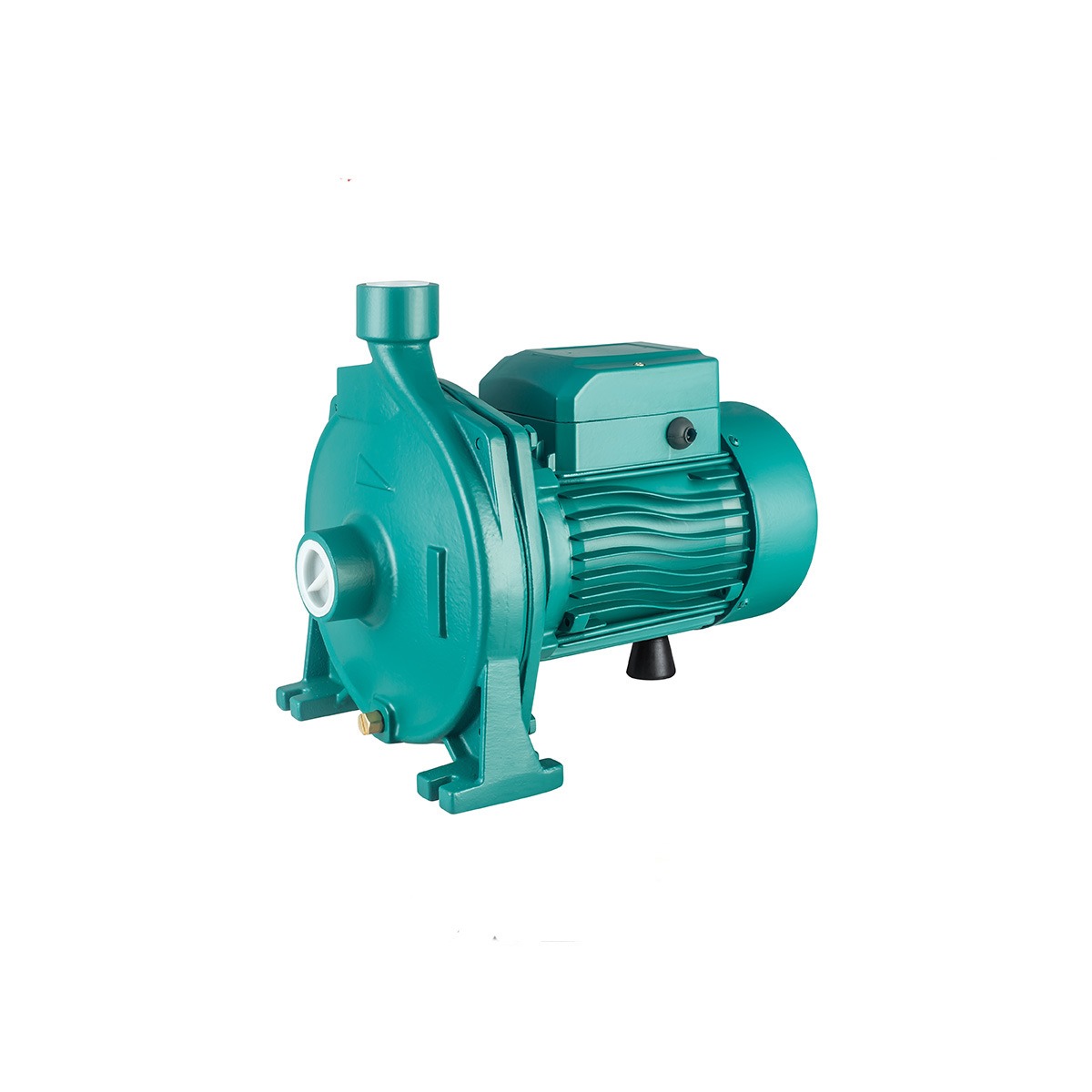
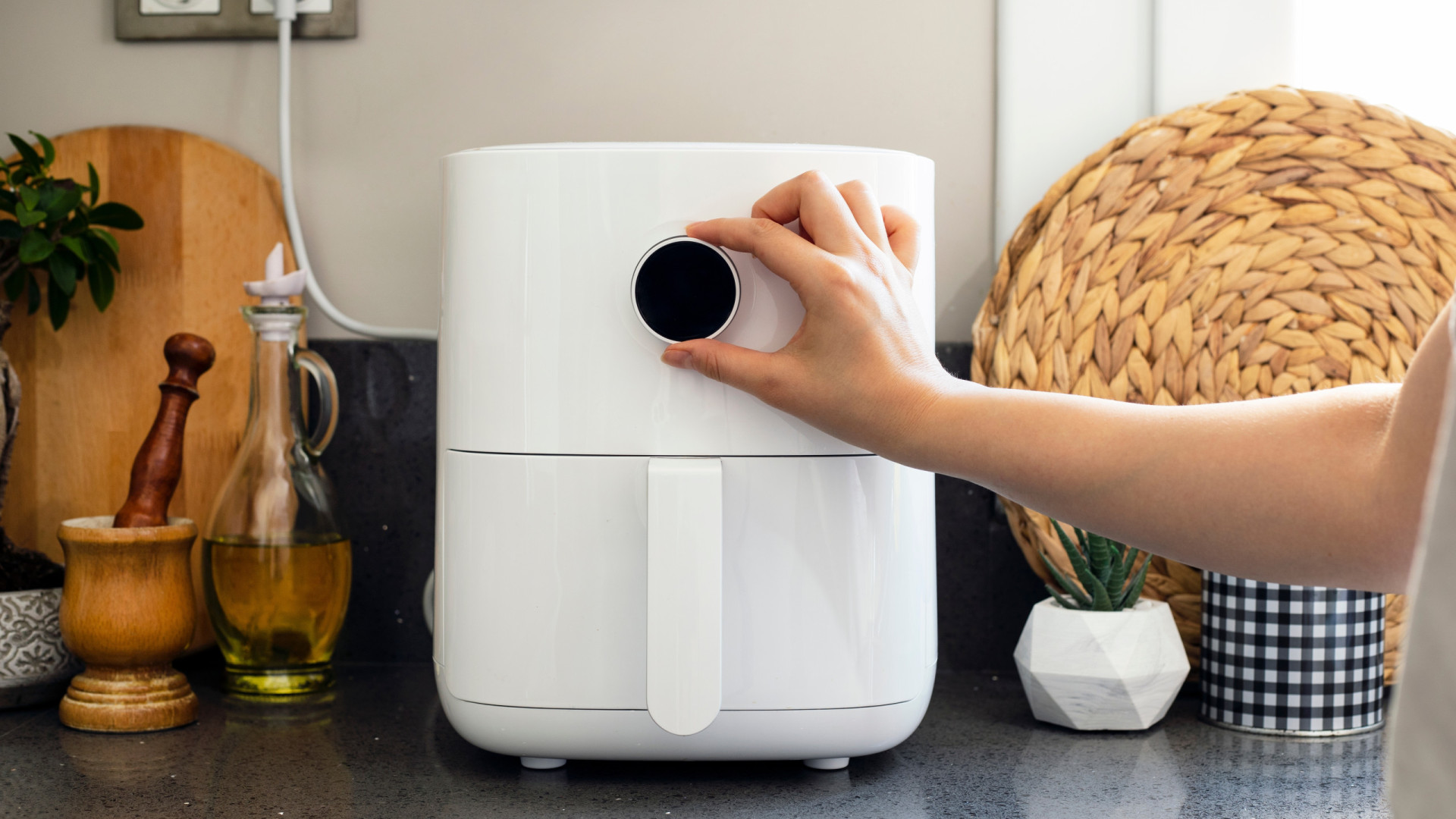

0 thoughts on “How Many Watts Does An Electric Cooktop Use”